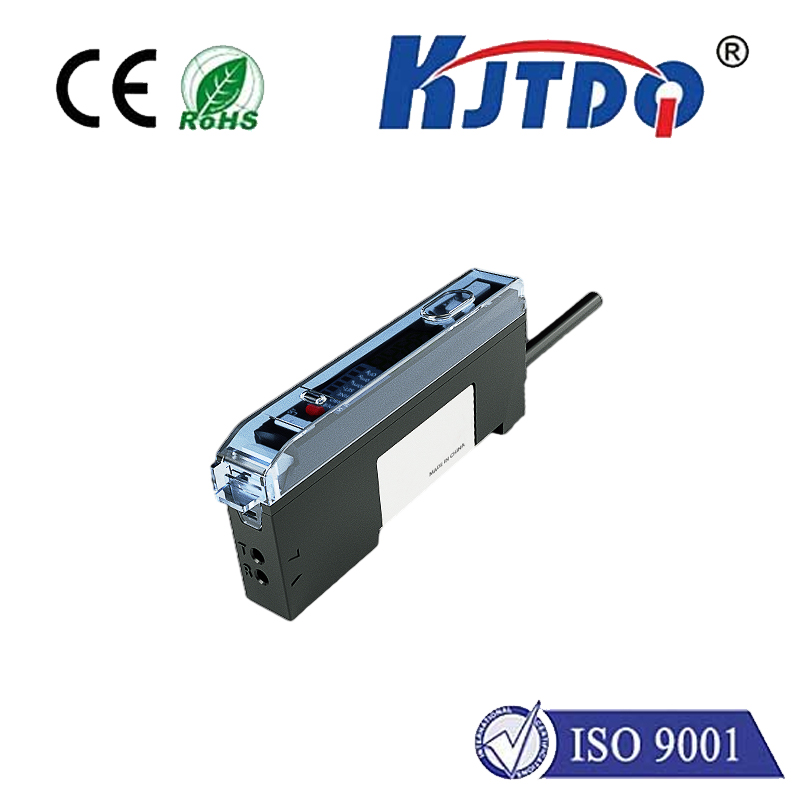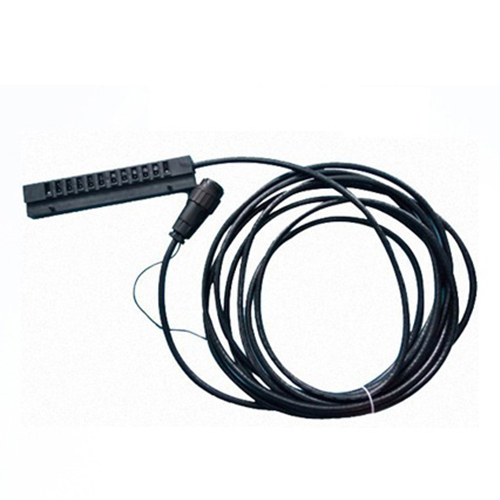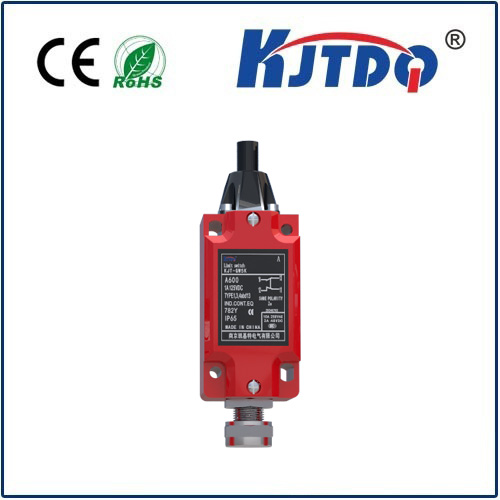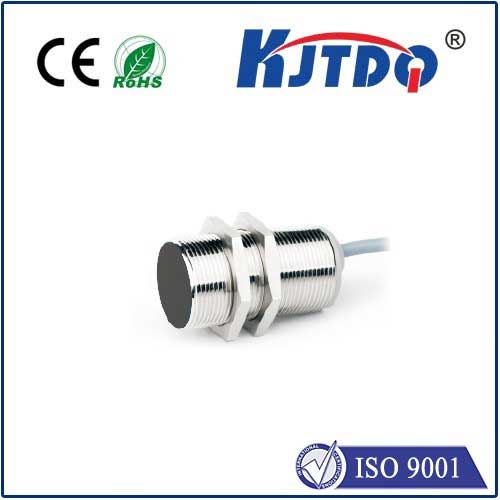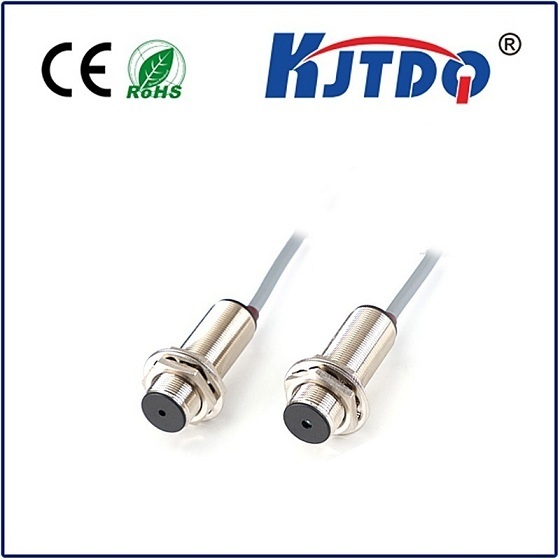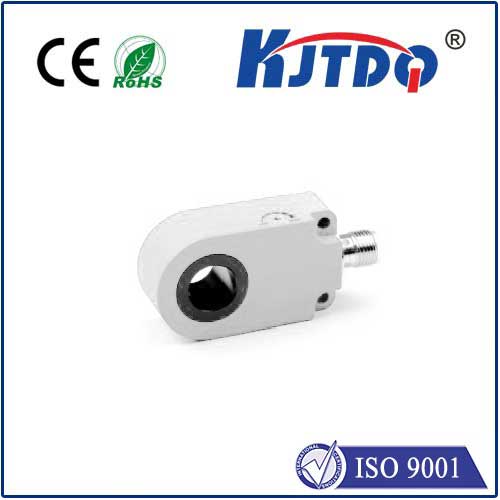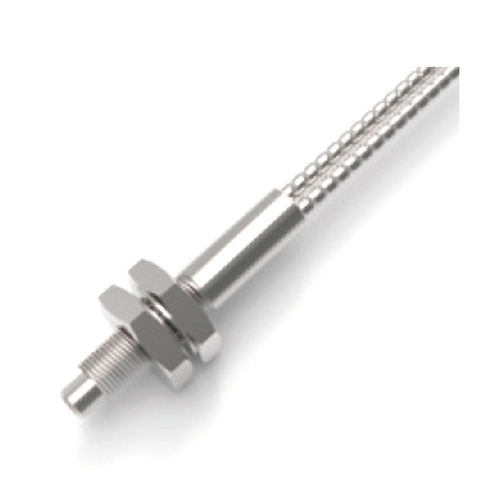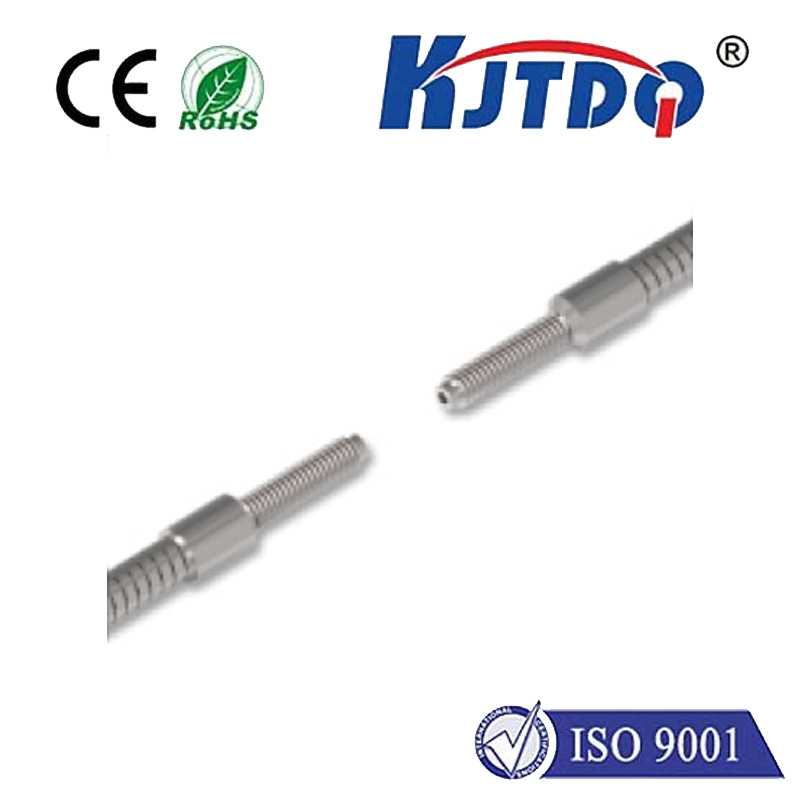

check

check

check

check

check

check

check

check

check

check
Title: The Revolutionizing Laser Oxygen Sensor: Transforming Automotive Industry
Introduction:
In today's world, where environmental sustainability is of paramount importance, the automotive industry is under constant pressure to reduce emissions and enhance fuel efficiency. One key component in achieving these goals is the laser oxygen sensor (LOX), a cutting-edge technology that has revolutionized the way vehicle manufacturers monitor exhaust emissions. This article explores the role of LOX in improving air quality, reducing emissions, and driving innovation in the automotive sector.
Section 1: LOX Technology: A Game-Changer for Emission Monitoring

The laser oxygen sensor works by measuring the amount of oxygen present in an engine's exhaust gases. By comparing this data with known values for optimal combustion, the sensor can determine if there are any anomalies or deviations from normal operating conditions. This information is then transmitted to a control unit, which optimizes engine performance to maintain optimal emission levels.
Section 2: The Benefits of LOX Technology
The advantages of incorporating LOX into vehicles are numerous. By continuously monitoring exhaust emissions, drivers can enjoy improved fuel efficiency, reduced greenhouse gas emissions, and enhanced overall performance. Additionally, LOX technology helps to ensure compliance with strict regulatory standards, such as those set by the World Health Organization (WHO) and the European Union (EU).
Section 3: Driving Innovation in Automotive Industry
One of the most significant impacts of LOX technology has been its ability to spur innovation in the automotive industry. As companies race to develop more efficient and sustainable technologies, LOX has become a key focus area for research and development. This has led to the creation of new products and services, such as advanced diagnostic tools and connected car systems, which further enhance vehicle performance and driver experience.
Section 4: Challenges and Opportunities for the Future of LOX Technology
Despite its many benefits, the adoption of LOX technology still faces several challenges. These include high implementation costs, limited availability of compatible components, and regulatory barriers in certain regions. However, as the automotive industry continues to seek out new ways to reduce emissions and improve fuel efficiency, opportunities for growth and development in the field of LOX technology are likely to emerge.
Conclusion:
The laser oxygen sensor represents a significant advancement in the fight against climate change and pollution. By providing real-time feedback on vehicle emissions, LOX technology enables automakers to make informed decisions about engine performance and optimization. As we look to the future, it is clear that LOX will play a crucial role in shaping the trajectory of automotive innovation and sustainability
